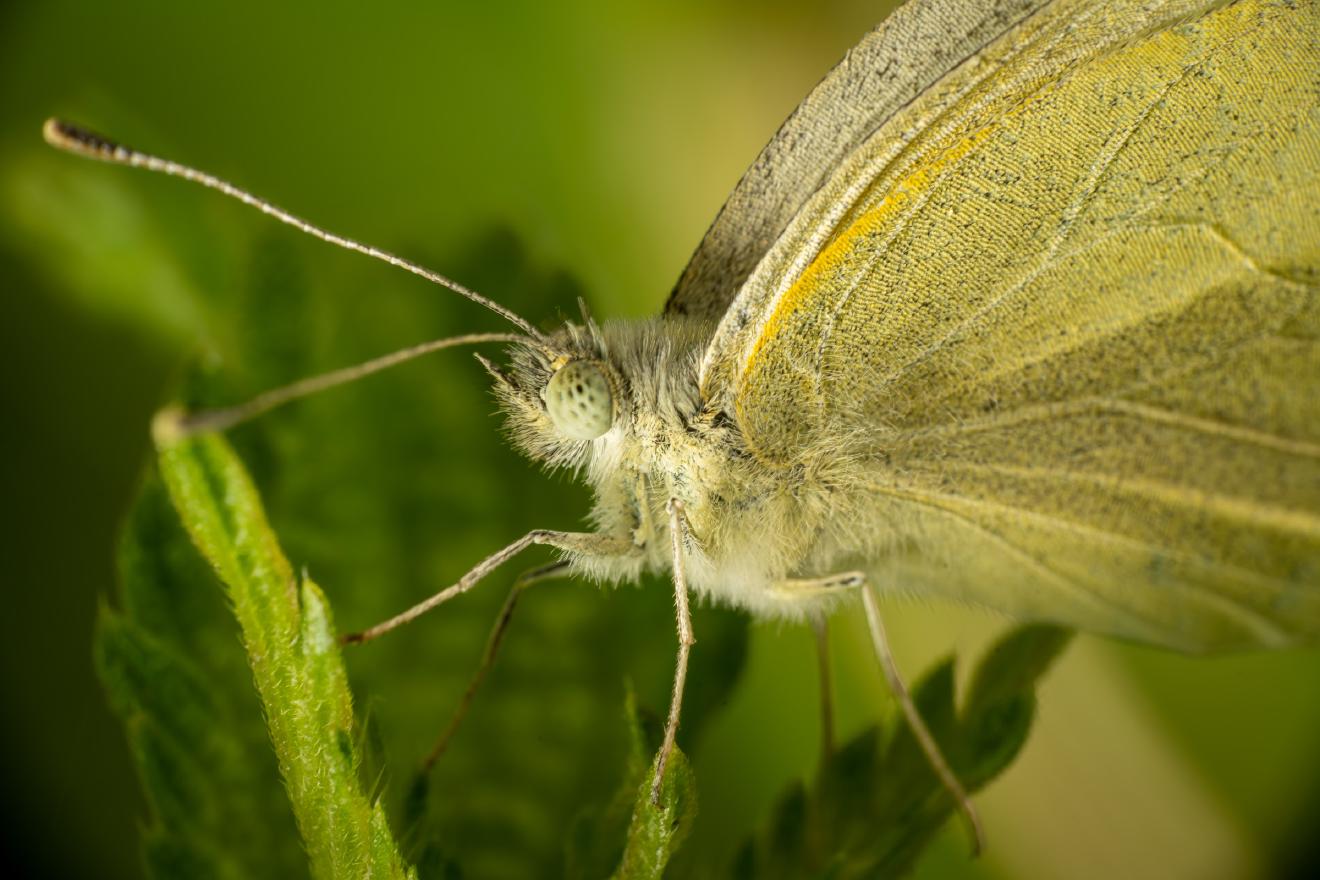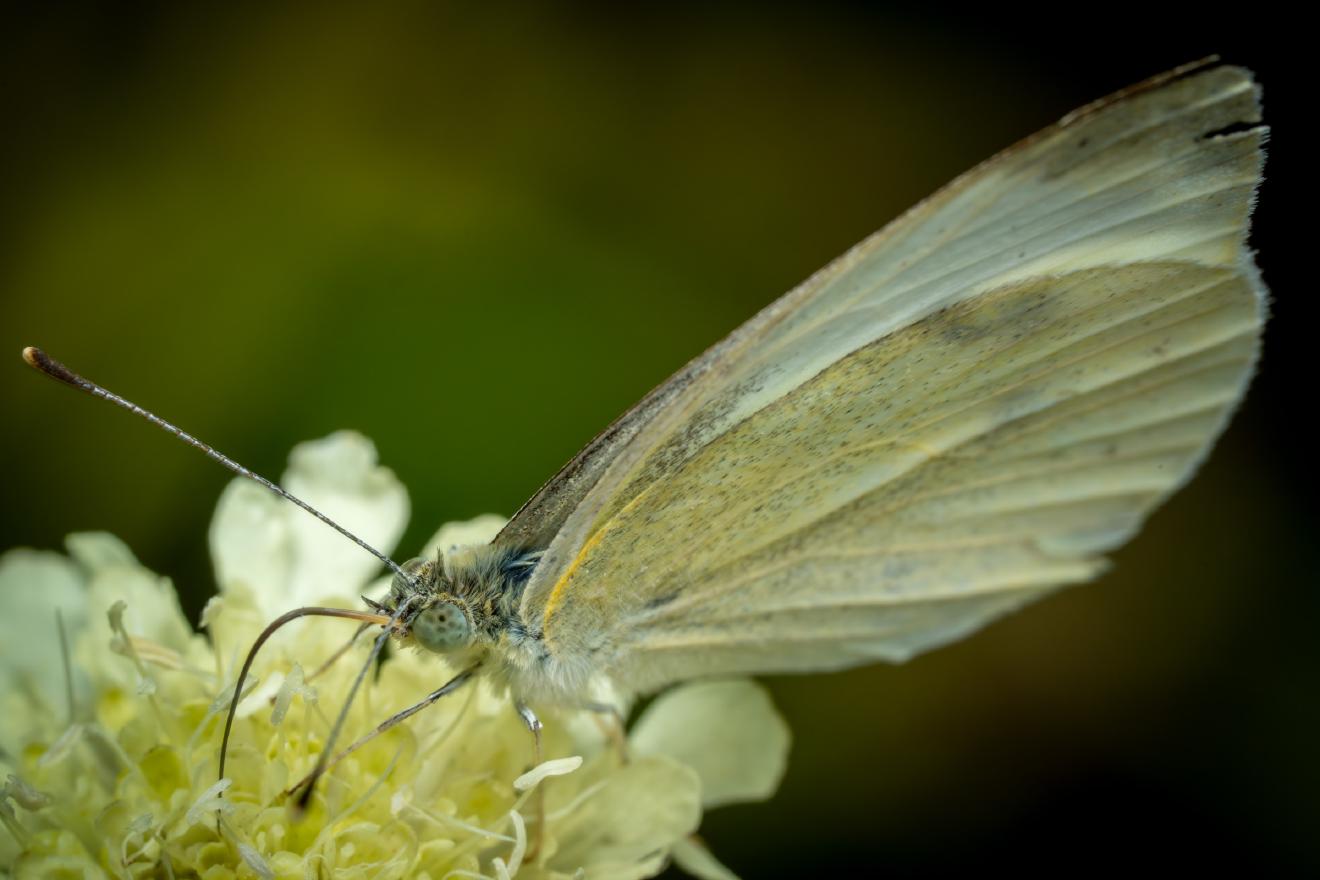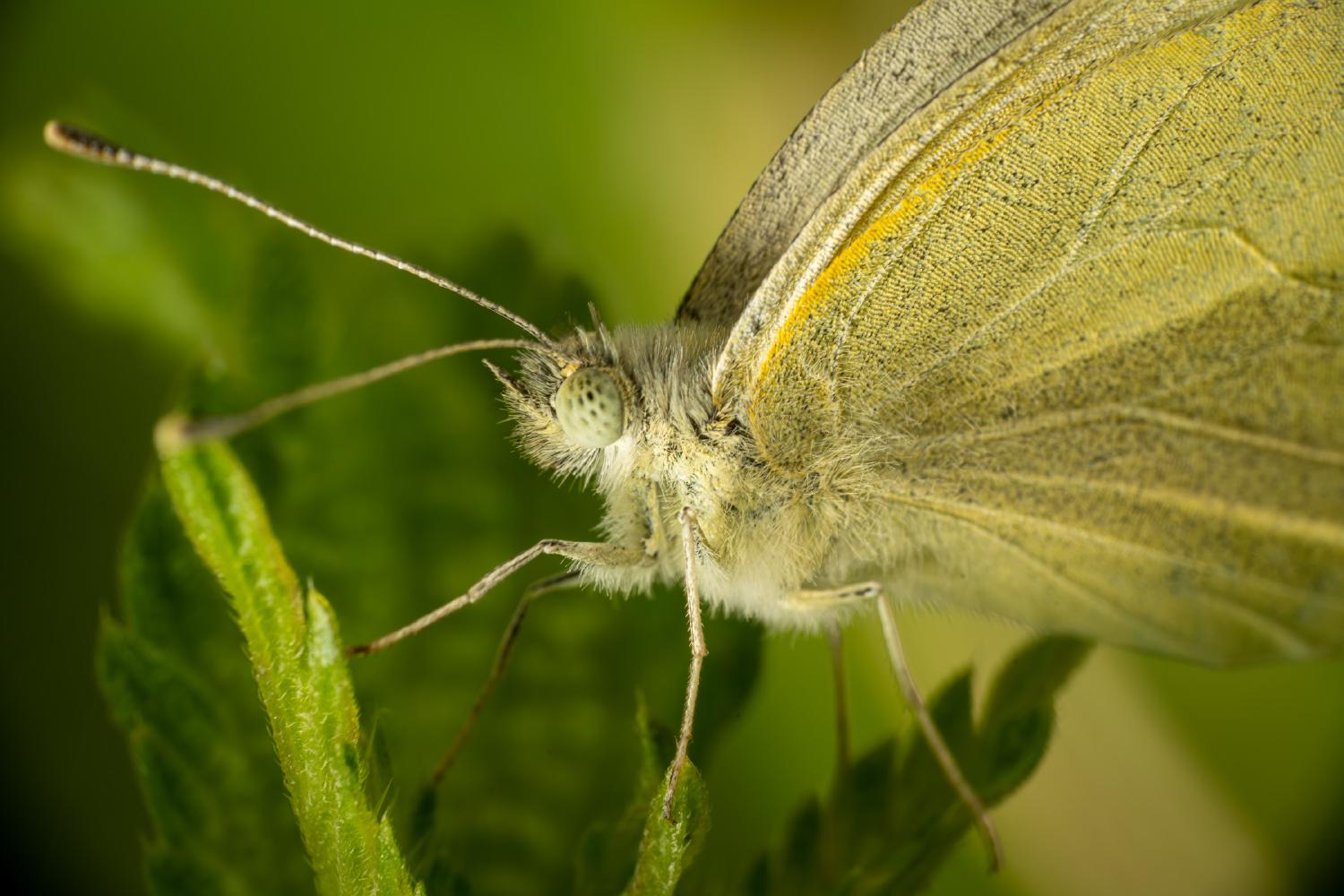Large White
Lat. “Pieris brassicae“
species
of order
“Butterflies and Moths“
1 species
The large white butterfly, also known as the great white butterfly in New Zealand, is found in Europe, Asia, North Africa, and the Himalayas. It can be commonly found in agricultural areas, meadows, and parkland. There have been reports of the species in the northeastern United States, but these are likely the result of accidental transport or intentional release. In New Zealand, the large white butterfly is considered an unwanted pest due to its potential impact on crops, and efforts have been made to eradicate it. The butterfly’s habitat includes large, open spaces, farms, and vegetable gardens, where its food sources are available. There are several subspecies of the large white butterfly.
Distribution
The large white is common throughout Europe, north Africa, and Asia to the Himalayas often in agricultural areas, meadows and parkland. It has managed to establish a population in South Africa and in 1995 it was predicted to spread to Australia and New Zealand.The large white is a strong flier and the British population is reinforced in most years by migrations from the continent. Scattered reports of the large white from the north-eastern United States (New York, Rhode Island and Maine) over the past century are of a dubious nature and indicate either accidental transport or intentional release. Such introductions threaten to establish this agricultural pest in North America. In 2010 the butterfly was found in Nelson, New Zealand where it is known as the great white butterfly. It is classed as an unwanted pest due to the potential effect on crops. For a limited period in October 2013 the Department of Conservation offered a monetary reward for the capture of the butterfly. After two weeks, the public had captured 134 butterflies, netting $10 for each one handed in. As a result of this and other containment measures, such as over 263,000 searches in the upper South Island and the release of predatory wasps, the large white was officially declared to be eradicated from New Zealand as of December 2014.
Habitat
The large white butterfly’s habitat consists of large, open spaces, as well as farms and vegetable gardens, because of the availability of its food source. Some favoured locations include walls, fences, tree trunks, and often their food plant. They primarily hover around these locations, which should contain both wild and cultivated crucifer, as well as oil-seed rape, cabbages, and Brussels sprouts.
Subspecies
Subspecies include the following: Pieris brassicae azorensis Rebel, 1917 Pieris brassicae brassicae (Linnaeus, 1758) Pieris brassicae catoleuca Röber, 1896 Pieris brassicae cyniphia (Turati, 1924) Pieris brassicae cypria Verity, 1908 Pieris brassicae italorum Stauder, 1921 Pieris brassicae nepalensis Gray, 1846 Pieris brassicae ottonis Röber, 1907 Pieris brassicae subtaeniata (Turati, 1929) Pieris brassicae vazquezi Oberthür, 1914 Pieris brassicae verna Zeller, 1924 Pieris brassicae wollastoni (Butler, 1886) †
See also
Madeiran large white
External links
Media related to Pieris brassicae at Wikimedia Commons Data related to Pieris brassicae at Wikispecies


Ancestry Graph
Further Information
Copyright

This article uses material from the Wikipedia article Pieris brassicae the free encyclopedia Wikipedia which is released under Creative Commons Attribution-ShareAlike 4.0 International License). On Wikipedia a list of authors is available.
